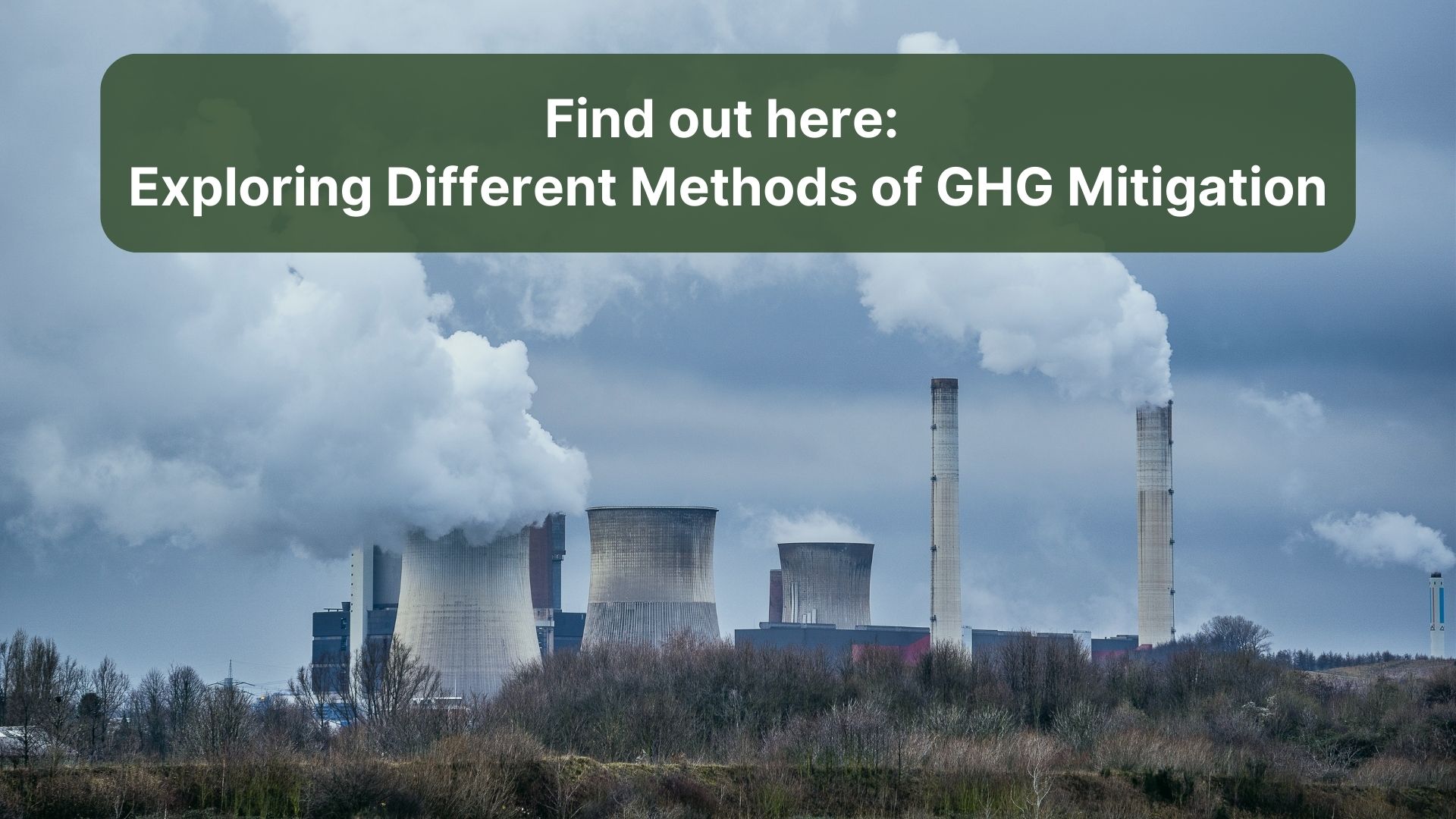Mitigation Hierarchy: What Should We Do to Mitigate Greenhouse Gas?
Science

In creating an emission reduction plan, companies should follow a structured approach called the greenhouse gas (GHG) mitigation hierarchy. The hierarchy entails several steps which are ordered from the most significant to the least carbon savings. According to the Institute of Environmental Management and Assessment (2020), the mitigation hierarchy consists of (from the most prioritized step):
- Eliminate: Prevent GHG emissions across the life cycle by transitioning to alternative business model, operation, product, or service. For instance, an agricultural company can establish a standard operating procedure that prohibits waste combustion and opts for composting for their waste management solution.
- Reduce: Reduce GHG emissions and energy use - can be real or relative (amount of emission per unit) - with optimised technology as well as efficiency in operations, processes, fleet, and energy management. For instance, the company can organize their food distribution route to reduce distance traveled and hence reduce energy consumption.
- Substitute: Reduce GHG intensity by purchasing renewable or low-carbon energy, inputs, and services. For instance, the company can choose a vehicle fuel with less-intensive emission.
- Compensate: Compensate unavoidable emissions through offsets, support climate action and carbon market.
Companies may divide the last step into 2 steps, which are also in line with SBTi principle on offsetting measures:
-
Neutralise/remove: Neutralise residual emissions through investing in the company’s own value chain (insetting) or purchasing high quality carbon credits. There are 3 general types of neutralization:
- Technological removal such as direct air capture (DAC) and long-term carbon capture utilisation storage (CCUS)
- Biological removal such as reforestation, afforestation, and land restoration
- Hybrid of technological and biological removal such as bioenergy carbon capture and storage (BECCS)
For instance, the company can produce biochar from their own agricultural waste and use it as an alternative for fertilizers.
-
Compensate: Remove emissions outside of the company’s value chain by investing in direct climate action
For instance, the company can invest in a reforestation project that is owned and managed by a project developer somewhere else.
Are you interested in afforestation, reforestation, and restoration (ARR) for your mitigation strategy? Fairatmos can help to develop your project. Visit our AtmosCheck page to learn more.

